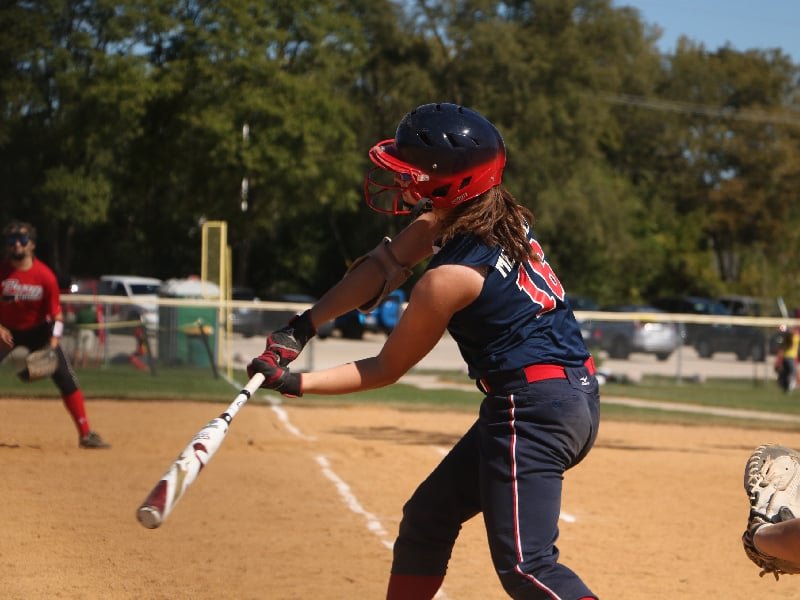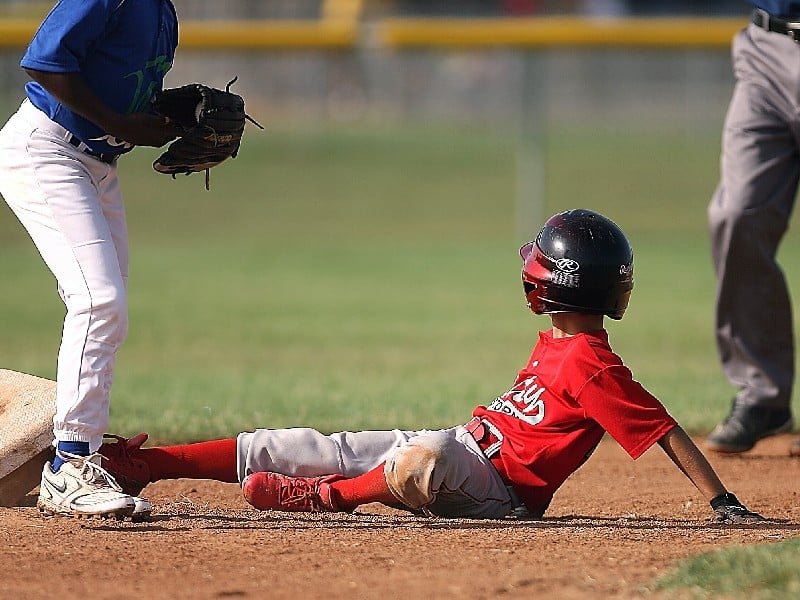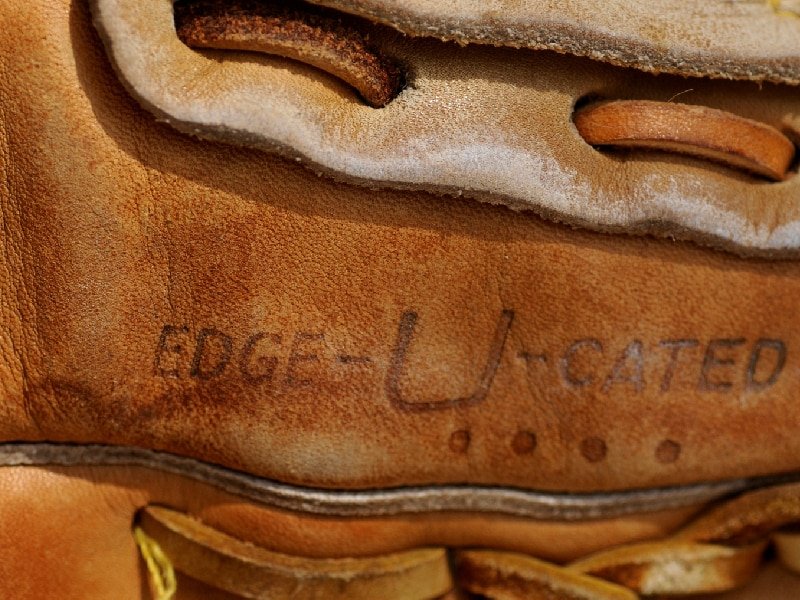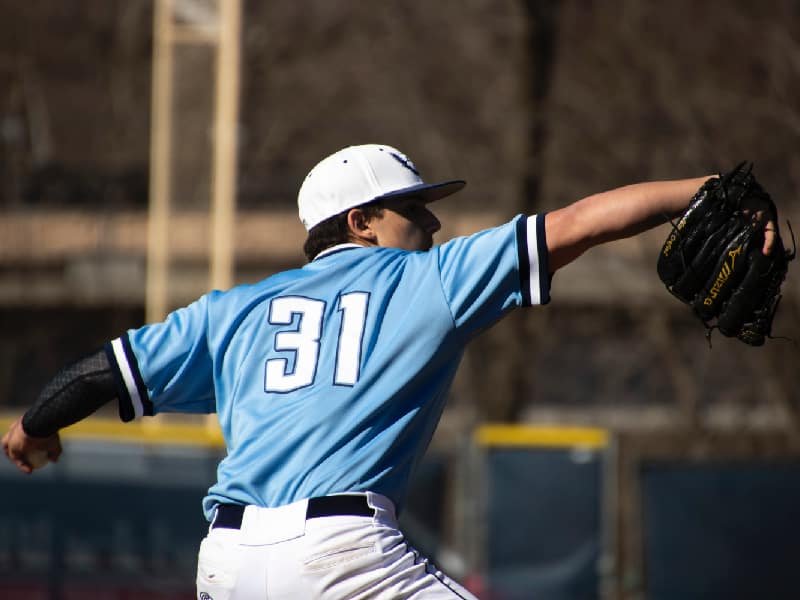Like choosing the best baseball gloves for outfielders, finding the best infield gloves is just as time-consuming and confusing. If you are an aspiring 2nd baseman looking forward to buying their first 2nd baseman glove, then you are right article! However, before spending your hard-earned cash on a 2nd baseman glove, it is imperative to know the various things to consider to find one that fits you. Therefore, we have written you an excellent informative buying guide to help you on your quest to find the best 2nd baseman glove for you.
What does a 2nd baseman do?
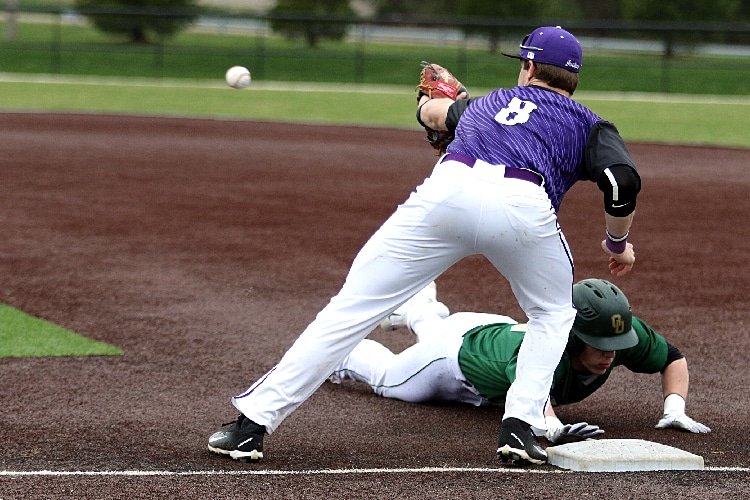
In baseball, a 2nd baseman usually takes the position between the first and second base. In addition, it is the 2nd baseman’s job to make quick and decisive plays on the middle right infield, usually accompanying the first baseman and the shortstop. With the short distance required on fast throws for 2nd basemen, playing the position does not require a mighty throwing arm.
Furthermore, the position of the 2nd baseman is crucial when it comes to plays that support the 1st baseman in defending their area. For instance, a ball’s direction after getting hit went towards the 2nd base, it is the job of the 2nd baseman to pass the ball back to the 1st baseman to prevent advancing players. In times where a 1st baseman breaks towards the home base, the 2nd baseman rushes to the 1st base to defend the area. Also, when the ball lands between the 3rd base and the pitcher, a 2nd baseman must be ready to receive throws at the 2nd base. Lastly, if a ball lands on the outfield, a 2nd baseman must be ready to receive a throw on the 2nd base and quickly throw it to the area depending on the play.
The 2nd Baseman Glove— What makes it unique?
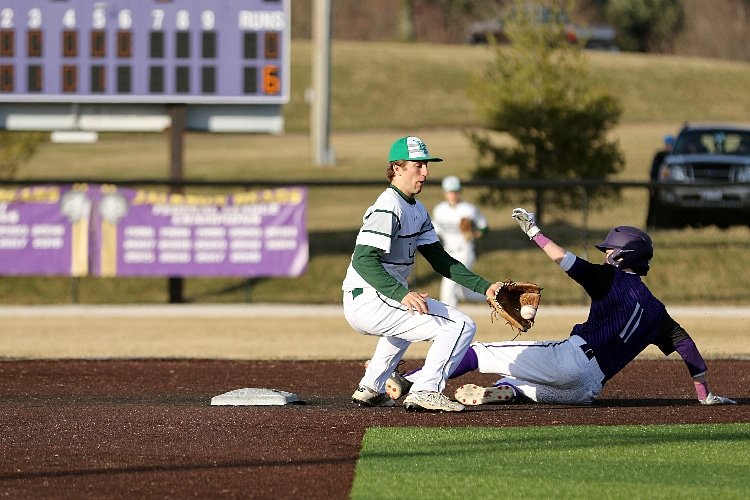
A 2nd baseman glove features a design that suits the snappy and fast-paced movements of a 2nd baseman. What sets apart the 2nd baseman glove from other gloves is its shallow pocket that enables quick ball retrieval and transfers to other fielders. In addition, the shallow pocket of a 2nd baseman glove design prioritizes stopping quick passes than catching high flyballs.
2nd basemen have two main responsibilities; therefore, 2nd baseman glove features a streamlined design for successful plays within the diamond. Firstly, 2nd basemen are on the first line of defense before the ball enters the outfield, giving them the crucial responsibility of stopping the ball in their designated area. Secondly, 2nd basemen are crucial when executing double plays as they mediate the flow of the ball to the shortstop and then back to the first base.
With these responsibilities on hand, 2nd basemen must be quick on their feet and their hands as they do quick turns and movements to execute crucial plays. Therefore, a 2nd baseman glove enables players to have increased mobility and comfort without having to risk injury.
What to Look for When Buying a 2nd Baseman Glove— A Buyer’s Guide
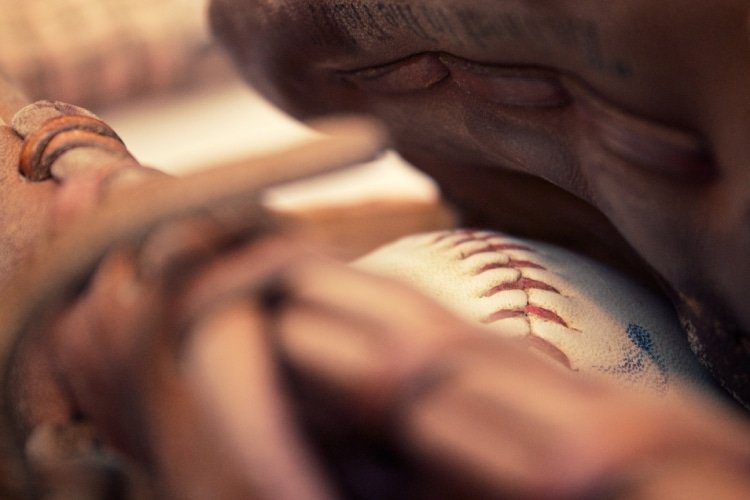
Before investing in a 2nd baseman glove, it is imperative to learn the various things to consider when buying one. In addition, to ensure optimal performance during games, it is crucial to know how certain features of a glove might affect your gameplay. Furthermore, learning different specifications will ultimately lead you on finding the perfect 2nd baseman fit for your game style. Without further ado, let’s move forward to our buyer’s guide.
Sizing:
A 2nd baseman glove with the best features should also include perfect sizing. Comparing it to a shortstop’s glove, a 2nd baseman glove is comparatively smaller because of its purpose to enable players to have a faster ball transfer. Therefore, it is vital to have an ample-sized 2nd baseman glove to benefit from the increased mobility it provides to its user.
Ideally, a 2nd baseman should have a glove sized around 11 ¼ or 11 1/2 gloves. This choice boils down to preference and is similar to choosing between end-loaded and balanced bats. Firstly, the 11 ¼ sized glove is an excellent choice for advanced players that wants to focus on mobility. In addition, this glove size reduces the area a glove can cover, forcing its user to be more precise when catching. Secondly, the 11 ½ glove size offers the best balance between size and speed. An 11 ½ is the standard size for 2nd baseman gloves. Furthermore, it is an ideal starting glove size for beginners.
Webbing and Pocket:
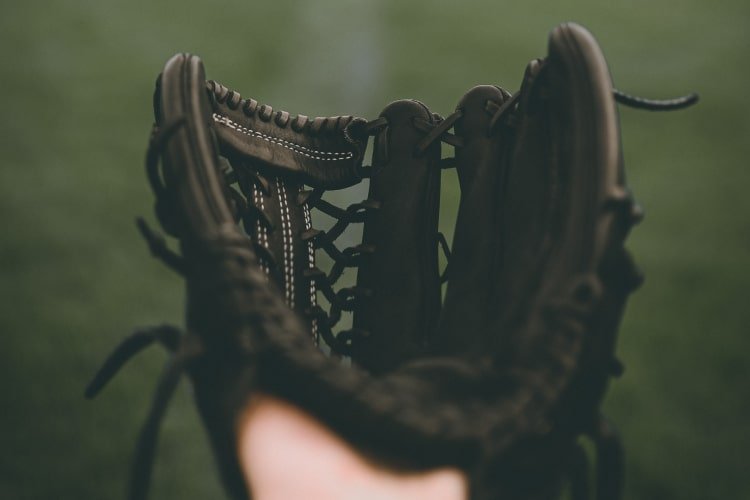
As we know, baseball gloves offer various webbings depending on a player’s playstyle and position. Same for 2nd baseman gloves, there are recommended webbing types for various playstyles. Ideally, a 2nd baseman glove should have either an I-web, two-piece closed, or a single post webbing because of its pocket depth, providing players with a faster ball transfer during crucial plays.
I-web:
Middle infielder gloves, such as a 2nd baseman glove, usually incorporate an I-web design. This webbing features a thick vertical leather strip accompanied by two horizontal leather strips, forming a “letter I”. Furthermore, this particular webbing is ideal for 2nd basemen that require the ball to land on the same spot within the glove, enabling faster ball reception and transfer. In addition, the I-web helps 2nd basemen to have increased visibility through the gaps on the webbing.
- Enables the ball to land on the same spot every time.
- Enhanced visibility for flyballs.
- Helps infielders catch the ball quickly.
- Offers less versatility when used in the outfield.
- Not that great for flyballs.
Two-piece closed:
Ideally used by pitchers to hide their pitching style, a two-piece closed webbing provides more weight to a glove. Therefore, this webbing is ideal for players who prefer more weight to their gloves. However, two-piece closed gloves are not ideal for beginner 2nd basemen as the added weight may impede their movement and may lead to beginners developing bad habits.
- Sturdy and durable type of webbing.
- Excellent for players that prefer a heavier glove.
- Hides the ball from opponents.
- Not ideal for beginners due to its weight.
- Provides zero visibility through the glove.
Single Post:
A single post webbing is ideal for players that have a hard time catching the ball because of its deep pockets. Furthermore, this helps players to become more consistent in their fielding skills at the expense of their speed when transferring the ball. Even though a single post is ideal for 1st basemen, 2nd basemen may benefit from the single post’s increased security when catching the ball. However, it is important to mention that a single post webbing may affect their ball transfer time significantly.
- Provides a larger catching area for the player.
- Helps with fielders struggling to catch the ball.
- Provides ample flexibility for infielders.
- The pocket depth lessens the ball transfer time significantly.
- Ideal for first basemen.
Overall Construction:
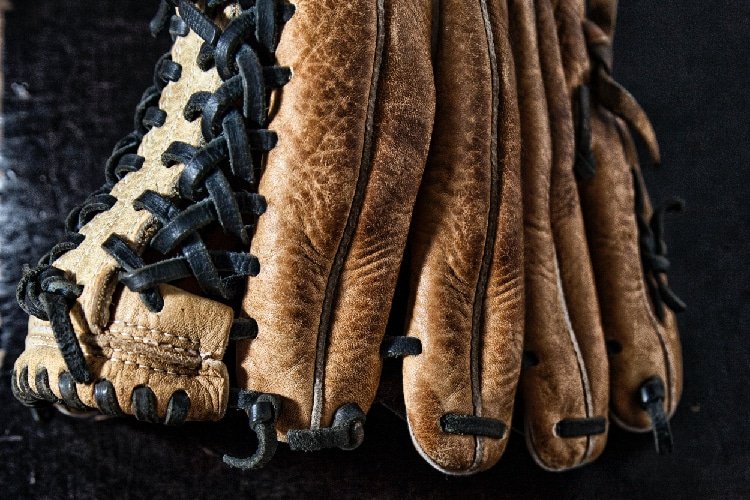
It is undeniable that a buyer must first look at the overall construction of a glove before purchasing one. The whole quality of a 2nd baseman glove will boil down to its overall construction. Therefore, it is important to know what to look for when examining a glove’s construction.
Material:
When picking the best baseball glove, players tend to look at the materials used by the manufacturer to gauge quality. There are many materials utilized when making a baseball glove, such as leather, premium steerhide, and kip. Both leather and premium steerhide provides players with a heavy and durable glove that is difficult to break in.
Since a 2nd baseman requires increased mobility and faster ball transfers, we recommend finding gloves made of kip. However, manufacturers usually use kip on higher-end and more expensive models. If kip gloves do not fit your budget, you can settle with a leather 2nd baseman glove for an excellent balance between weight and comfort.
Breathability:
2nd basemen require gloves that offer excellent breathability and flexibility in preparation for the most challenging scenarios during a game. To achieve better flexibility and breathability during games, it is advised that 2nd basemen look for an open back instead of a close back baseball glove.
Cushioning:
Since 2nd basemen do not experience fastballs as often as 1st and 3rd basemen, cushioning is not that important when buying a 2nd baseman glove. However, it is advised to get a glove with ample padding for increased versatility when changing positions.
Brand:
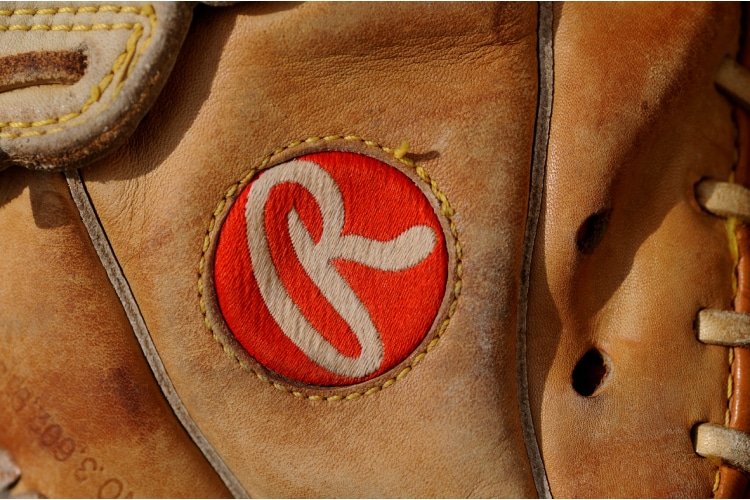
Certain notable brands dominate baseball’s market today. These brands offer superior build quality at a reasonable price. Compared to lesser-known brands, the years bigger brands spent on their research and development outweighs the uncertainty you will put on knock-offs. In addition, cheaper brands do not come close to the quality that big brands such as Rawlings, Easton, and Wilson offers. Therefore, we advise that you look for a reputable brand when buying your brand new 2nd baseman glove.
Conclusion:
In conclusion, 2nd basemen require a glove that enables them to have increased mobility, easy reception, and faster ball transfer. These requirements enable 2nd basemen to execute their role efficiently and faster. Furthermore, it is ideal that 2nd basemen look for gloves that offer ample sizing, pocket depth, and webbing fit for their fast-paced game style. To ensure quality, 2nd basemen should also consider the overall construction and materials used on the gloves they want to purchase.
Hopefully, this baseball guide helped you clear your mind as your take the step on buying a brand new 2nd baseman glove. However, it is important to note that this article is not a substitute for your personal preference.
On the other hand, if you are looking for a youth baseball glove, then you might want to check our article on the Best 12u Baseball Glove in 2021.
Frequently Asked Question about 2nd Baseman Gloves
Q: What is a fielder’s glove?
A: Fielders glove provides the defensive team with the ability to catch baseballs easily without hurting their hands. In addition, fielders gloves come in two types— outfielder and infielder gloves. In comparison, outfielder gloves feature deeper pockets and larger sizes, while infielder gloves feature shallow pockets and smaller sizes.
Q: What size glove should an infielder wear?
A: Infielders should wear glove sizes between 11.5” and 11.75” to enable a faster ball transfer during crucial plays.
Q: What is the most popular glove in MLB?
A: The Major League Baseball (MLB) features excellent baseball brands. However, when it comes to baseball gloves, 59% of MLB starters choose Rawlings as their preferred brand.
Q: Is 12.75 glove too big?
A: Yes, a 12.75” glove is too big for a 2nd baseman glove. Usually, 12.75” is the size of outfielder gloves because of its bigger size and deeper pockets.
Q: Is 11.5 inch glove too small?
A: No, an 11.5” glove is the standard size for middle infield positions such as the shortstop and 2nd baseman.




